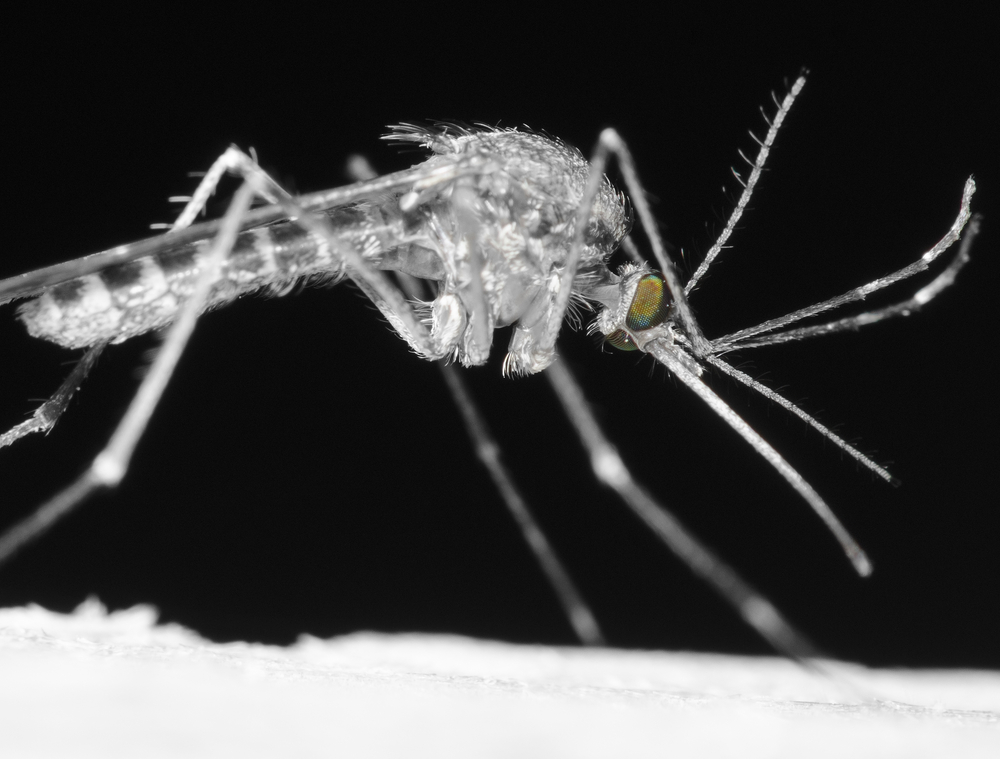While heartworm disease affects cats and dogs differently, the condition is a significant threat to all pets. Our Family Veterinary Care of Oakdale team knows that heartworm disease can be devastating for your four-legged friends, and we provide information about the condition in dogs and cats.
Heartworm disease in dogs
Dogs are natural heartworm hosts, which means that the parasites can mature to adulthood, mate, and produce offspring (i.e., microfilariae) while living in the dog’s heart. Wild canids, such as coyotes, foxes, and wolves, are also natural heartworm hosts, and these animals, as well as unprotected domestic dogs, provide a reservoir where heartworms can thrive. When a mosquito feeds from an infected domestic dog or wild canid, they ingest the microfilariae circulating in the host’s bloodstream, and the mosquito then acts as an incubator while the baby heartworms mature to an infective stage. After about two or three weeks in the mosquito, the young heartworms are ready to continue their infective journey, and they travel to the mosquito’s salivary glands ready to infect the bug’s next meal ticket.
After the mosquito bites, the microfilariae enter the dog and gradually make their way to the heart, lungs, and associated vasculature, where they establish a comfortable home and start to grow their parasite family. In the dog, the worms’ presence causes inflammation in the blood vessels supplying the lungs. The vessels thicken and constrict, which eventually prevents the heart from effectively pumping blood to the body organs and tissues and ultimately leads to congestive heart failure (CHF). Dogs who have a heavy worm burden can experience a condition called caval syndrome, where the numerous worms in the dog’s heart block blood flow and cause a life-threatening condition. Worms must be promptly surgically removed to prevent death.
Additional points of interest include:
- Signs — In the early stages, most dogs don’t exhibit signs, but as the worms increase in number, signs include lethargy, exercise intolerance, a persistent soft cough, and weight loss. Once CHF is established, fluid accumulates in the abdomen and their belly looks distended. Dogs affected by caval syndrome exhibit signs that include labored breathing, pale mucous membranes, coffee-colored urine, and sudden collapse.
- Diagnosis — The heartworm antigen test, which is the most commonly used test to diagnose heartworms in dogs, detects a protein produced by the adult female heartworm. A test to detect circulating immature heartworms may also be performed.
- Treatment — Treating heartworms in dogs is risky, and must be performed in stages over several months to help prevent side effects, such as anaphylaxis and blood clots. Treatment includes:
- Your dog must be kept strictly confined, because physical exertion increases heart and lung damage caused by the parasites.
- Since heartworm treatment is so risky, your dog’s condition must be stabilized before we can start medications to kill the parasites.
- We use medications to kill the circulating microfilariae.
- Antibiotics are incorporated to kill a bacterial infection associated with heartworm disease.
- We frequently administer steroids to decrease inflammation caused by the parasites.
- We administer medications in the form of injections into your dog’s lumbar muscles to kill adult heartworms.
- We monitor your dog closely for side effects throughout the treatment process.
- In some cases, surgery is needed to remove the worms from your dog’s heart to restore blood flow through the heart.
- Prevention — Heartworms are easily prevented with year-round heartworm prevention medication. Options for dogs include monthly chews and topical formulations, and injectables administered every 6 to 12 months. In addition, dogs should be tested annually for heartworms.
Heartworm disease in cats
Cats are atypical heartworm hosts, which means the parasites can’t thrive in cats as they do in dogs. Heartworms that enter the cat are met with a strong immune reaction that kills many young worms, while the surviving heartworm larvae reach the cat’s lungs, prompting a severe inflammatory response that causes heartworm-associated respiratory disease (HARD). The cat does not provide a pleasant environment for heartworms, although some parasites can grow to adulthood. In cats, only one or two adult worms can create devastating consequences because of the cat’s small heart.
Additional points of interest include:
- Signs — Most cats don’t exhibit signs, and in many cases, the first sign is sudden death. When signs are present, they typically include panting, wheezing, difficulty breathing, exaggerated breathing, weight loss, and vomiting.
- Diagnosis — Diagnosing heartworms in cats can be difficult, because they don’t usually carry adult female worms or circulating microfilariae. However, an antibody test that assesses the cat’s immune response to heartworm infection can be useful. Imaging techniques (e.g., X-rays, ultrasound) are also useful for diagnosing heartworms in cats.
- Treatment — No treatment is currently available for cats, since the medications used for dogs aren’t safe for cats, so treatment focuses on supportive care. In some cases, infected cats can outlive their adult heartworms.
- Prevention — Heartworms are easily prevented by providing year-round heartworm prevention medication. Options for cats include monthly chews and topical formulations.
Heartworms cause devastating health problems for dogs and cats, but a year-round heartworm prevention regimen can protect your pet from these dangerous parasites. Contact our Family Veterinary Care of Oakdale team to schedule your dog’s annual heartworm test. We can also help you determine the best heartworm-prevention product for your dog and cat.











Leave A Comment